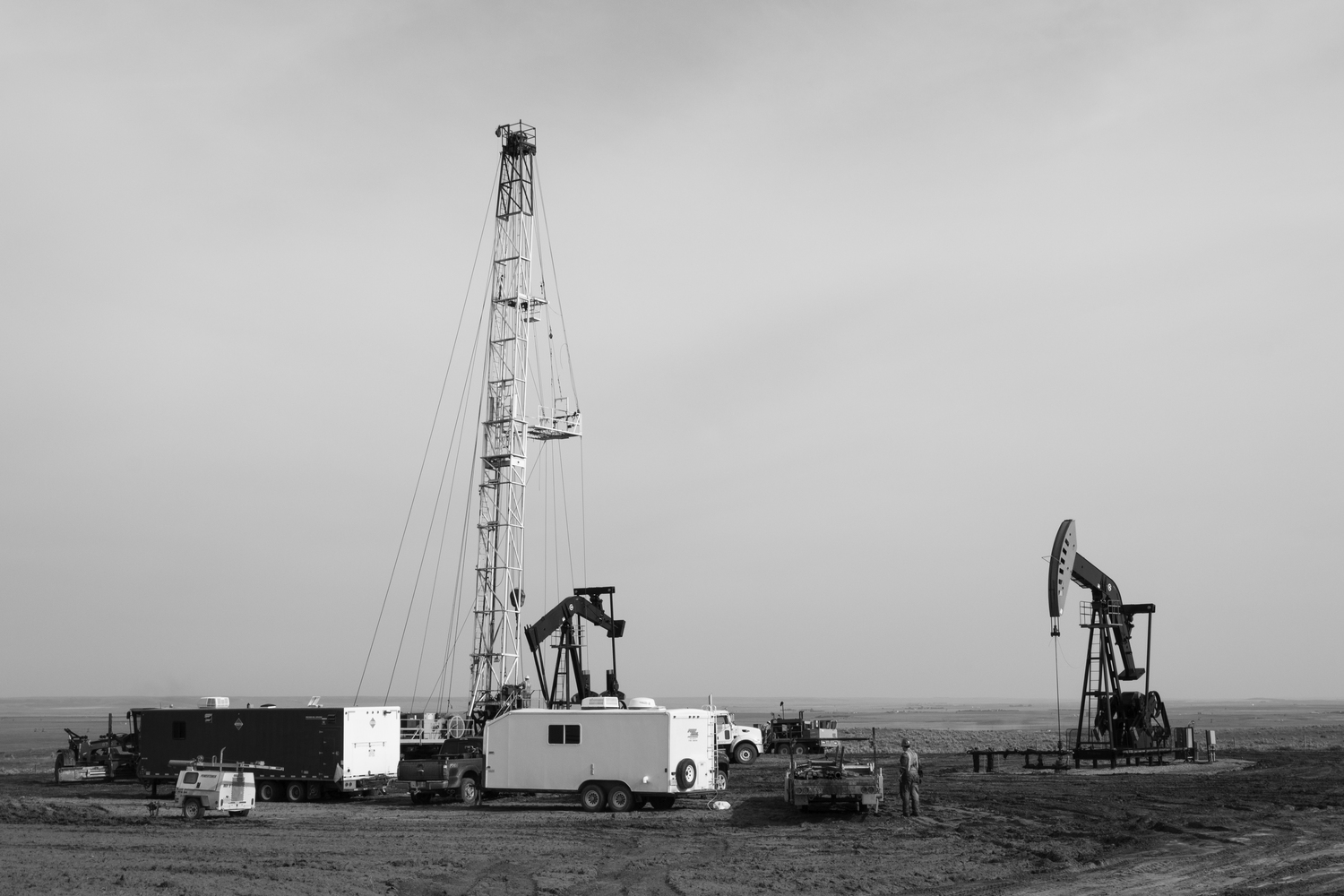
Oil Impacts
Major Impacts of Oil Extraction in Saskatchewan
There are many and varied environmental, economic, and social impacts associated with oil extraction. Based on interviews with landowners, regulators and people living amid oil, a few significant impacts are highlighted below. Many of these impacts have received relatively little profile from industry and government who tend to focus on employment and economic growth impacts. Certainly, there are many more impacts not listed below. Stay tuned for updates on the social impacts in the coming months.
Spills:
The water cut of Saskatchewan oil wells varies from 50 to over 90%. This means that for every barrel of oil extracted companies have to dispose of many barrels of highly saline waste water. In Saskatchewan most of this waste water is disposed of deep underground through disposal wells. Leaks from holding tanks and saltwater spilt while transferring and transporting this water contaminates land and water. Farmers and ranchers complain of the persistent damage to vegetation caused by salt water spills in their fields. Since 1990 there have been more than 15,000 spills reported in the province. Companies do not have to report spills of less than 2 cubic metres. Visit the Saskatchewan Ministry of Economy's spill database to find information on recent spills.
Emissions:
Before oil even gets upgraded, refined and burned in our vehicles, it produces potent greenhouse gas emissions. Industry calls emissions that are released into the environment without being put to productive use ‘fugitive emissions’. Every year fugitive emissions from pipeline leaks, well head leaks, and the venting and flaring of gas (that is produced as a byproduct of oil) contributes to 17.3% of Saskatchewan’s total greenhouse gas emissions (see NIR reports). Much of this associated gas is methane, a greenhouse gas that is 30 times as potent as carbon dioxide.
Emissions from the venting and flaring of associated gas can be dangerous for nearby residents. The CBC reported on the deaths of several cattle and an oil worker in separate incidents from sour gas (hydrogen sulfide) poisoning in the Southeast of the province. People living near flare stacks and oil wells often report headaches, sore throats and itchy eyes.
The fragmentation of native prairie:
Single oil wells are not considered ‘developments’ by the Saskatchewan Ministry of Environment and, therefore, do not undergo environmental impact assessment. Yet the cumulative impact of access roads and oil leases fragments habitat and encourages the ability of non-native plants, including noxious and prohibited weeds, to spread into and dominate native prairie. Only 17% of Saskatchewan’s native prairie remains intact.


